Vital signs monitoring tracks certain ecological indicators selected to represent the overall health or condition of park resources. Monitoring data are periodically collected on 12 vital signs. The data are analyzed and summarized to park managers so that they have relevant and up-to-date information on the condition of park resources to inform management actions. Learn more about vital signs.
The Pacific Island Network Vital Signs Monitoring Plan provides a detailed description of the network's overall monitoring strategy. Use the table below to access specific vital signs monitoring protocols.
Monitoring reports are available that provide periodic updates and findings of ongoing monitoring work.
Network staff take a comprehensive and long-term approach to managing all data we collect. The integrity, utility, security, and availability of data is a primary responsibility. Learn more about network data management.
Vital Signs
-
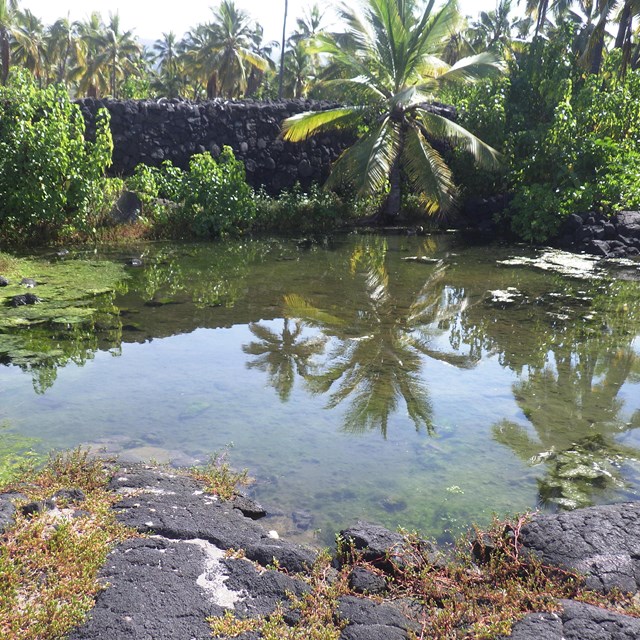 Anchialine Pools
Anchialine PoolsAnchialine pools provide critical habitat for rare invertebrate species including shrimp, snails, and damselflies
-
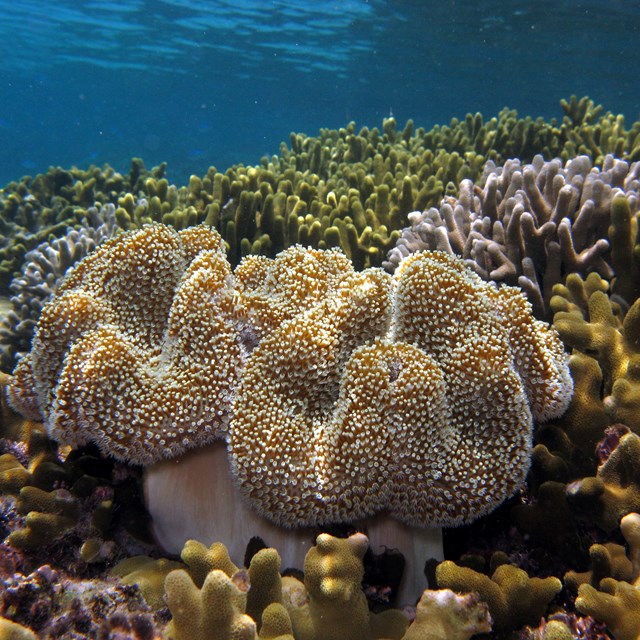 Benthic Marine Communities
Benthic Marine CommunitiesFour parks within the Pacific Island Network contain rich benthic marine communities that are home to algae, corals, and other invertebrates
-
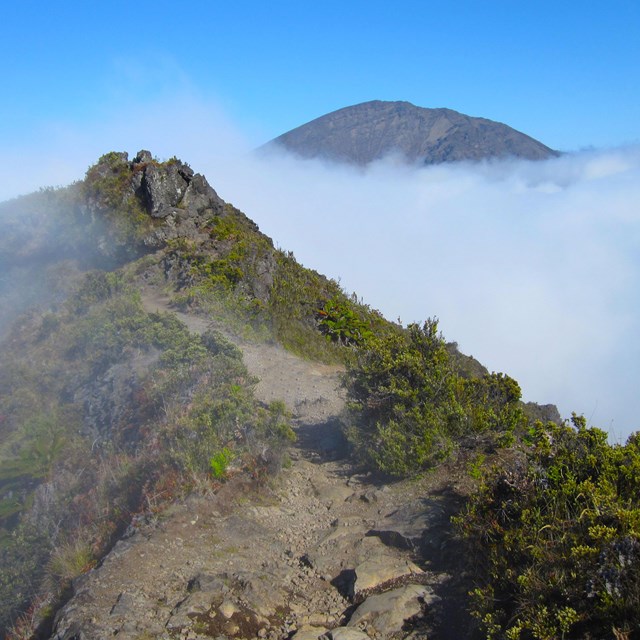 Climate
ClimateClimate is widely recognized as a major driver for both terrestrial and marine ecosystems
-
 Early Detection of Invasive Plants
Early Detection of Invasive PlantsEarly detection of invasive plant species is a key component in helping to curtail the spread of noxious weeds into surrounding areas
-
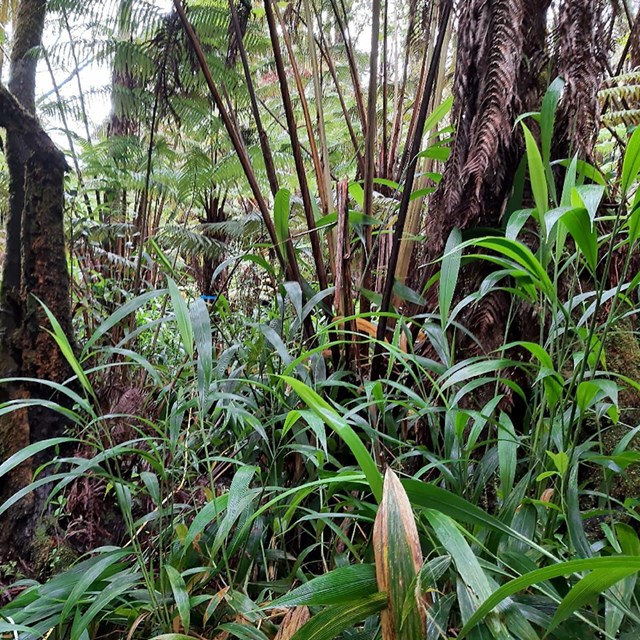 Established Invasive Plant Species
Established Invasive Plant SpeciesNonnative plant species invasions present a serious threat to Pacific island ecosystems
-
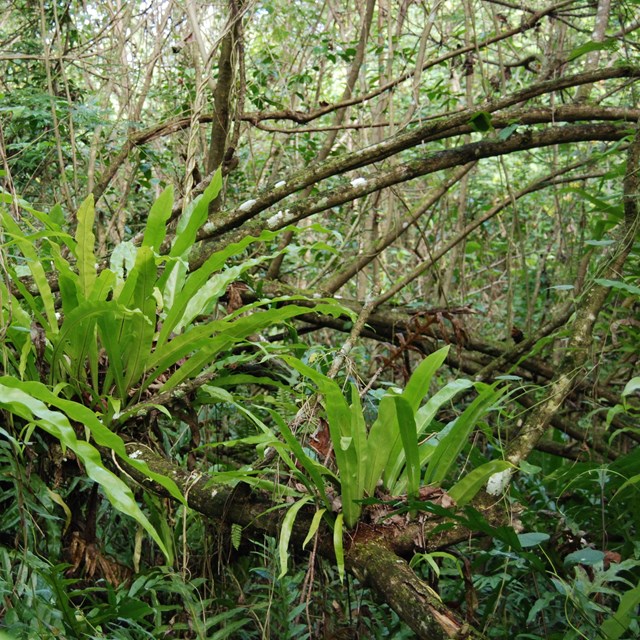 Focal Terrestrial Plant Communities
Focal Terrestrial Plant CommunitiesLong-term vegetation monitoring helps us determine plant community health, ecosystem stability, and the effectiveness of management
-
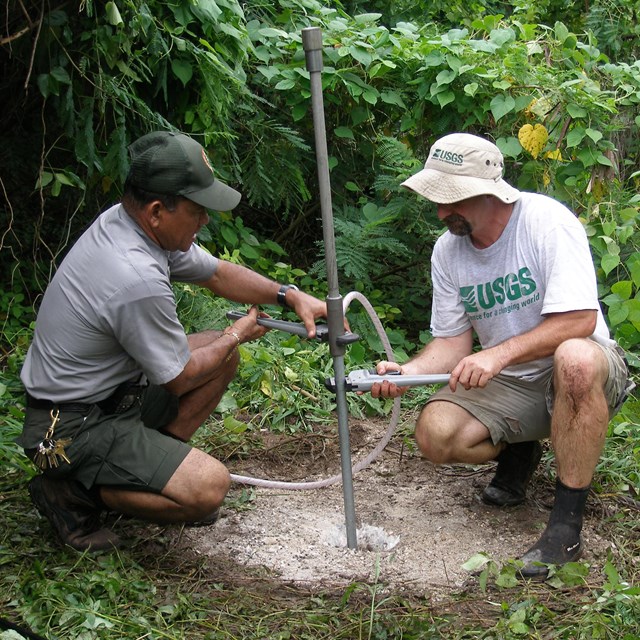 Groundwater Dynamics
Groundwater DynamicsIn many Pacific islands, groundwater is the primary source of water for ecologically significant and often rare habitats
-
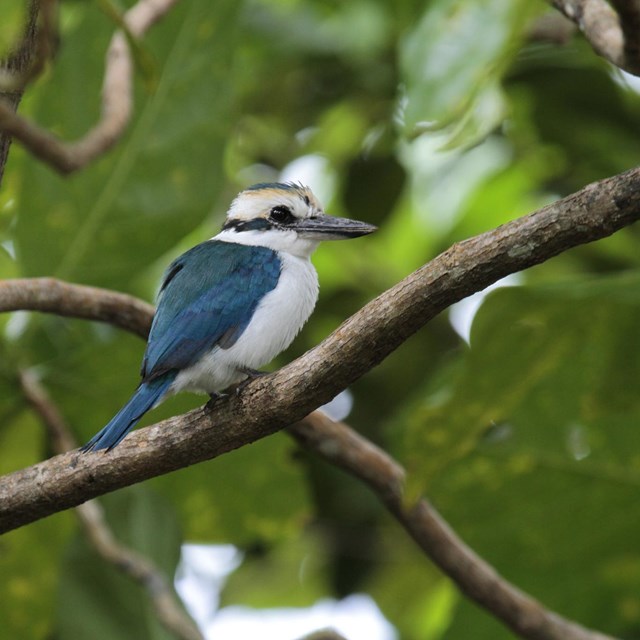 Landbirds
LandbirdsOn Pacific islands, birds pollinate the majority of woody plant species and disperse their seeds
-
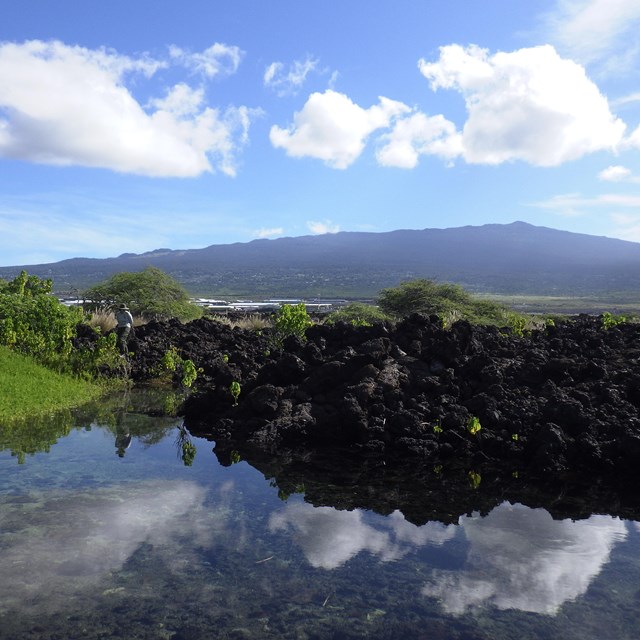 Landscape Dynamics
Landscape DynamicsLandscape dynamics monitoring in parks provides information on land use and land cover change
-
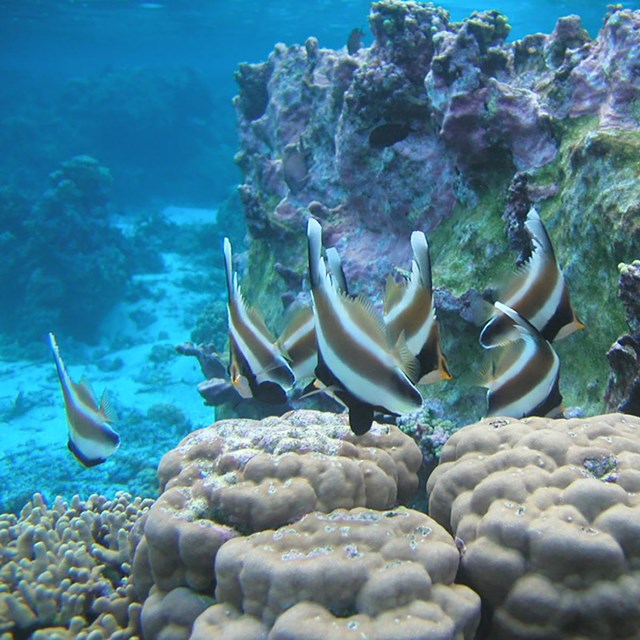 Marine Fish Communities
Marine Fish CommunitiesMarine fish are a major component of coral reef ecosystems and serve many ecological functions
-
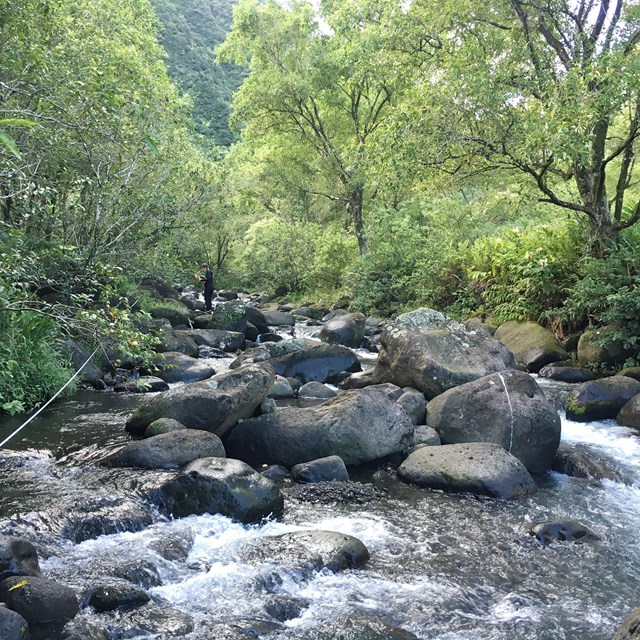 Stream Communities
Stream CommunitiesFreshwater ecosystems are considered to be among the world's most vulnerable
-
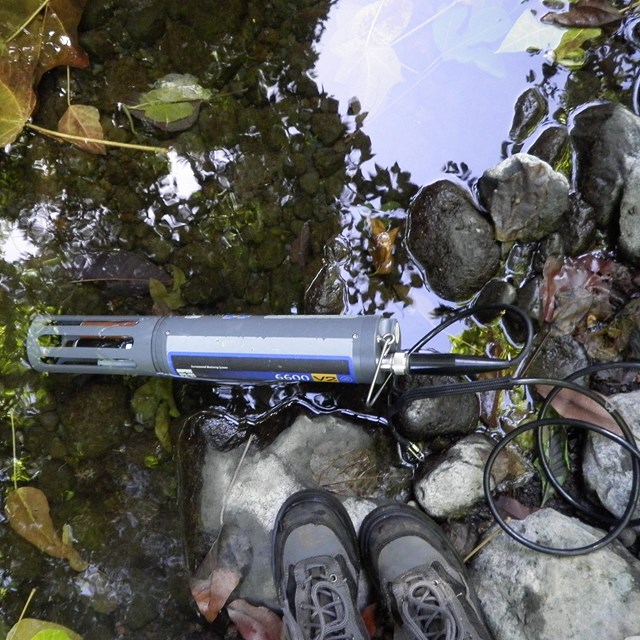 Water Quality - Fresh & Brackish
Water Quality - Fresh & BrackishFresh and brackish water quality monitoring occurs in places like streams and anchialine pools
-
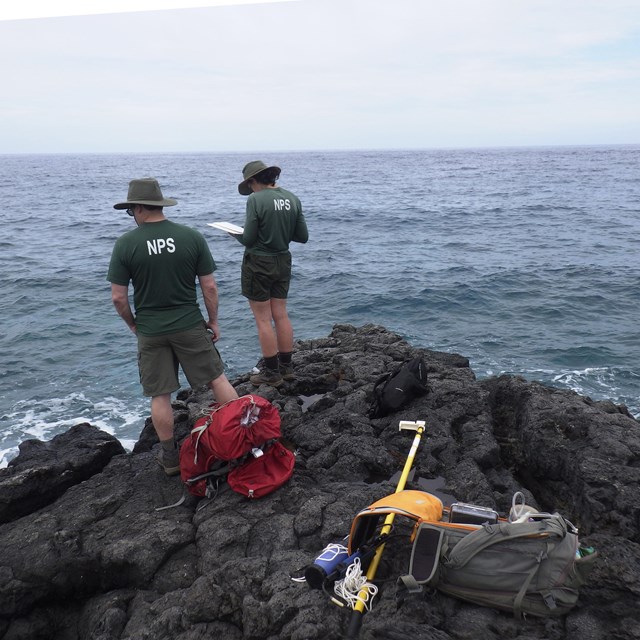 Water Quality - Marine
Water Quality - MarineThe quality of surface waters, marine waters, and groundwater is fundamental to the ecosystems across the Pacific islands
Monitoring Quick Reads
Last updated: September 12, 2024
